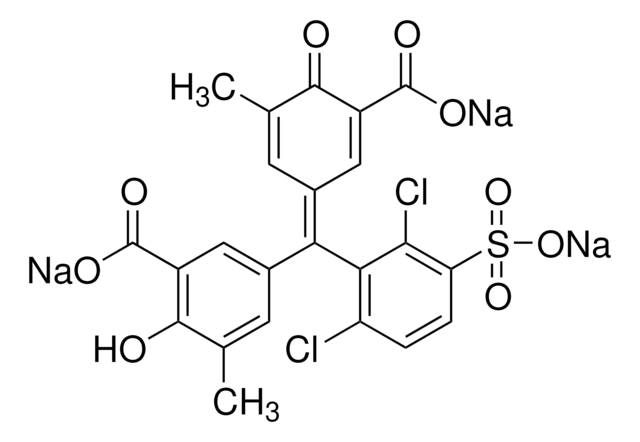202770
Beryllium oxide
99.98% trace metals basis
Synonym(s):
Beryllia, Beryllium monoxide
About This Item
Recommended Products
Assay
99.98% trace metals basis
form
powder
reaction suitability
reagent type: catalyst
core: beryllium
density
3.01 g/mL at 25 °C (lit.)
SMILES string
[Be]=O
InChI
1S/Be.O
InChI key
LTPBRCUWZOMYOC-UHFFFAOYSA-N
Looking for similar products? Visit Product Comparison Guide
General description
Application
Signal Word
Danger
Hazard Statements
Precautionary Statements
Hazard Classifications
Acute Tox. 2 Inhalation - Acute Tox. 3 Oral - Carc. 1B Inhalation - Eye Irrit. 2 - Skin Irrit. 2 - Skin Sens. 1 - STOT RE 1 Inhalation - STOT SE 3
Target Organs
Lungs, Respiratory system
Storage Class Code
6.1B - Non-combustible acute toxic Cat. 1 and 2 / very toxic hazardous materials
WGK
WGK 3
Flash Point(F)
Not applicable
Flash Point(C)
Not applicable
Choose from one of the most recent versions:
Already Own This Product?
Find documentation for the products that you have recently purchased in the Document Library.
Our team of scientists has experience in all areas of research including Life Science, Material Science, Chemical Synthesis, Chromatography, Analytical and many others.
Contact Technical Service








